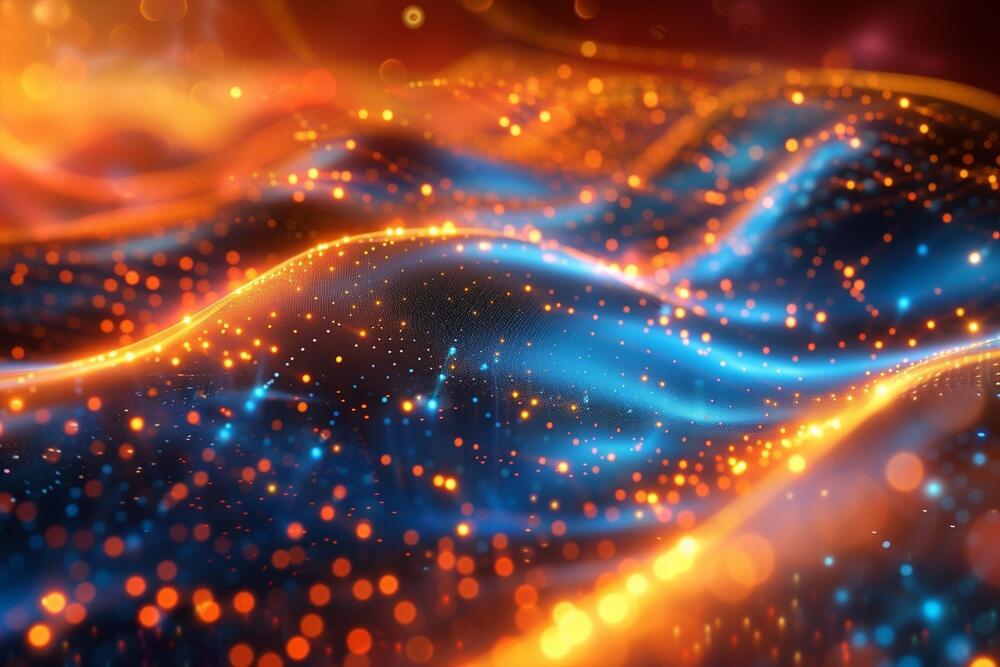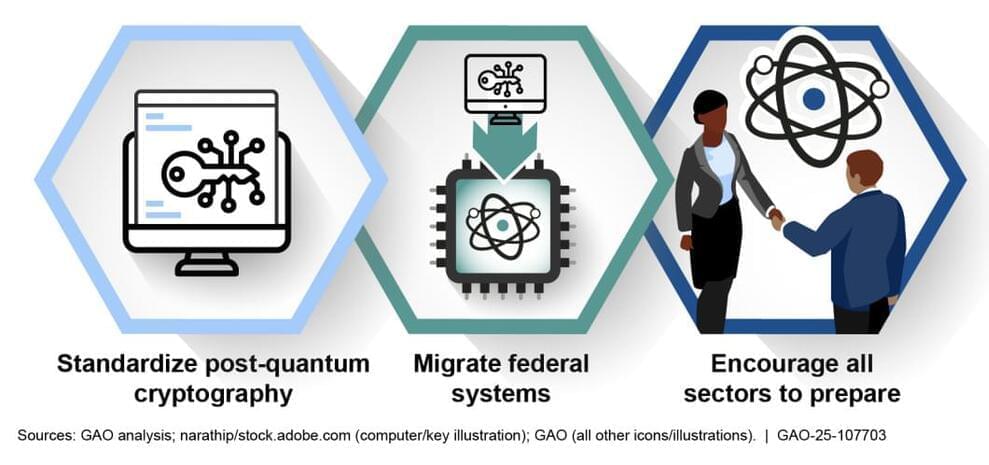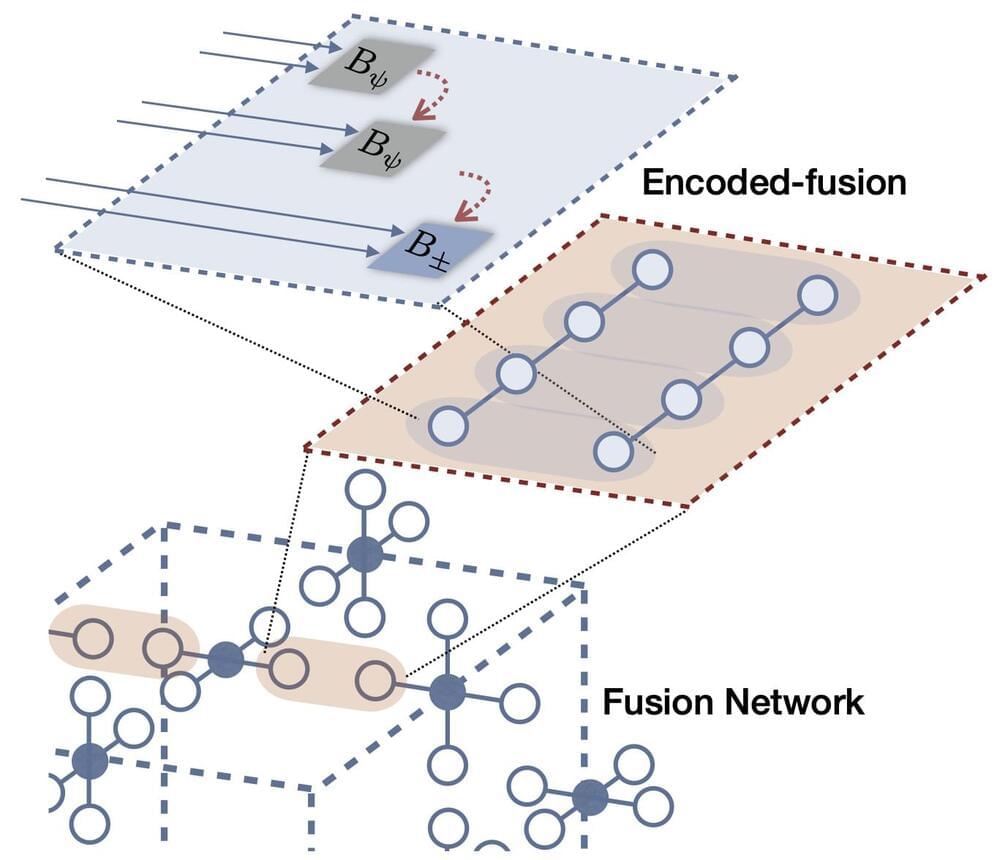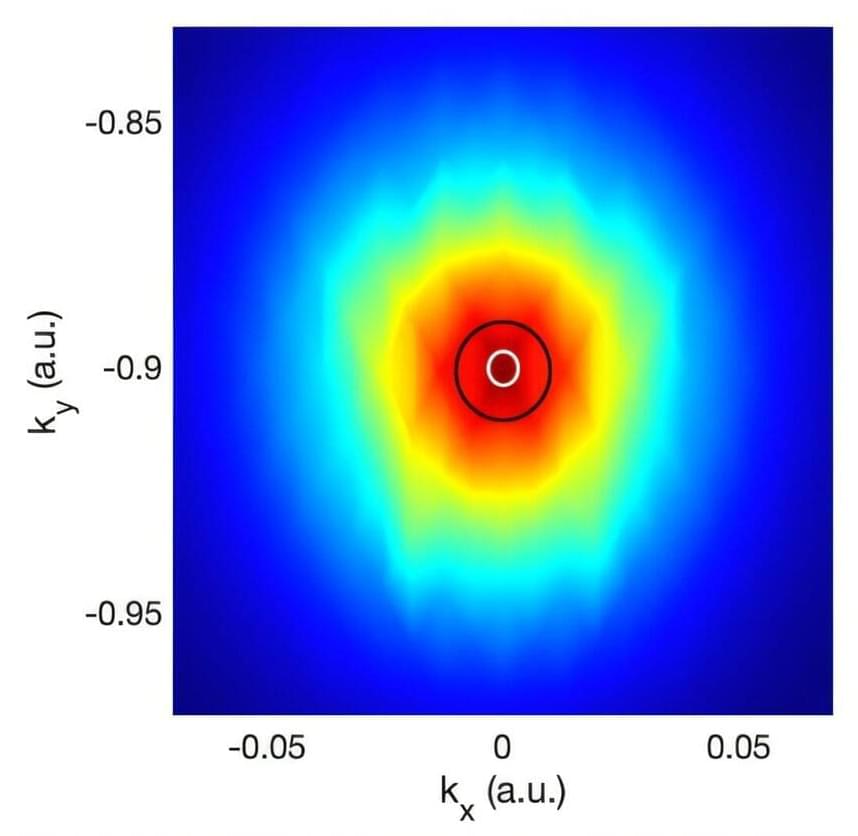Nov 25, 2024
Quantum Leap: Scientists Reveal the Shape of a Single Photon for the First Time
Posted by Genevieve Klien in categories: chemistry, particle physics, quantum physics
Researchers have developed a new quantum theory that for the first time defines the precise shape of a photon, showing its interaction with atoms and its environment.
This breakthrough allows for the visualization of photons and could revolutionize nanophotonic technologies, enhancing secure communication, pathogen detection, and molecular control in chemical reactions.
A groundbreaking quantum theory has allowed researchers to define the exact shape of a single photon for the first time.

















